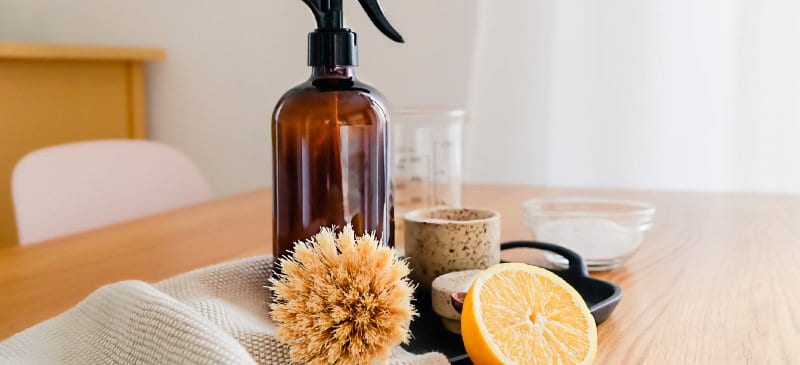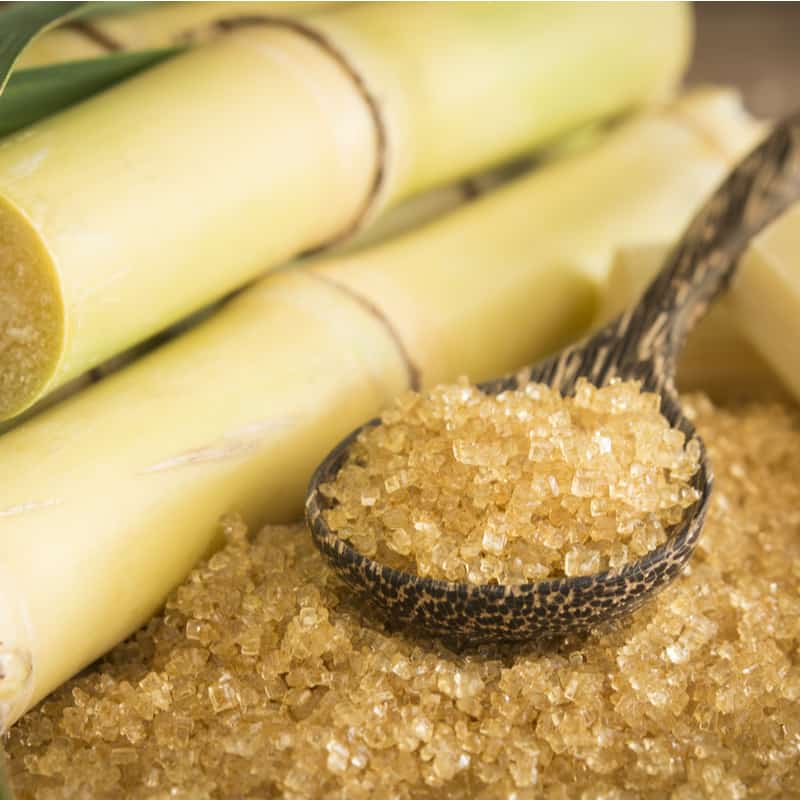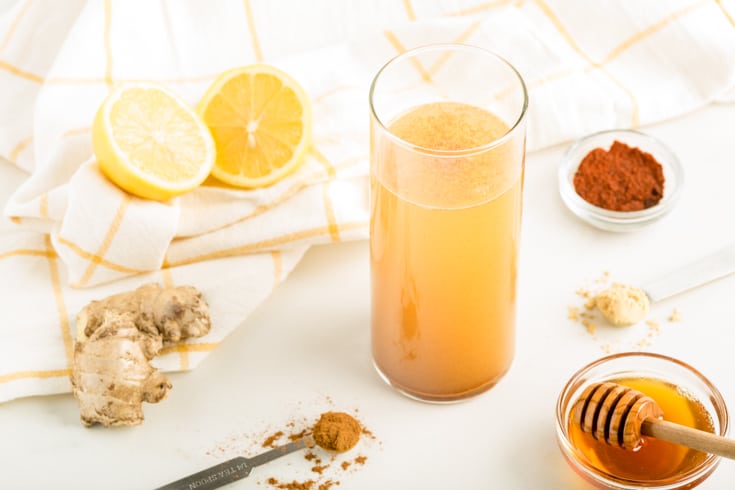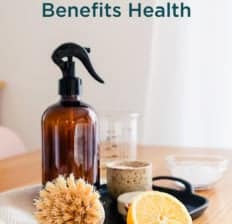This Dr. Axe content is medically reviewed or fact checked to ensure factually accurate information.
With strict editorial sourcing guidelines, we only link to academic research institutions, reputable media sites and, when research is available, medically peer-reviewed studies. Note that the numbers in parentheses (1, 2, etc.) are clickable links to these studies.
The information in our articles is NOT intended to replace a one-on-one relationship with a qualified health care professional and is not intended as medical advice.
This article is based on scientific evidence, written by experts and fact checked by our trained editorial staff. Note that the numbers in parentheses (1, 2, etc.) are clickable links to medically peer-reviewed studies.
Our team includes licensed nutritionists and dietitians, certified health education specialists, as well as certified strength and conditioning specialists, personal trainers and corrective exercise specialists. Our team aims to be not only thorough with its research, but also objective and unbiased.
The information in our articles is NOT intended to replace a one-on-one relationship with a qualified health care professional and is not intended as medical advice.
Spring Cleaning Benefits for Your Health & Home
March 19, 2024

Spring is a season that for many people brings to mind thoughts of a fresh start. It makes sense then that it can feel great to give your home a refreshing, top-to-bottom spring cleaning when the weather starts getting warmer — and it turns out it can be good for your health.
Why is a spring cleaning good for you? Spring cleaning benefits can include:
- creating a calmer, more organized living space
- getting rid of things that clutter your closets and make you feel frazzled
- inhaling less dust and irritants
- reducing the presence of potentially harmful bacteria that can live on your home’s surfaces
Read on to find out how to go about giving your home a thorough spring cleaning, including by using the safest products you can.
Spring Cleaning Benefits
Why is it called a “spring clean”? It’s because most people find the spring to be an annually energizing time when it feels good to get rid of the old and bring in the new. And it turns out it offers health benefits as well.
Here are some of the health benefits of spring cleaning:
- Reduces exposure to allergens and irritants, such as dust, mildew and mold.
- Helps prevent respiratory issues, such as asthma and trouble breathing due to poor air quality.
- Decreases the chances of being exposed to harmful bacteria that can make you sick, including those living on the dirtiest surfaces in your home, such as cutting boards, countertops, doorknobs, etc.
- Helps stop germs from spreading from one family to another, including those that cause viruses and infections.
- Reduces the risk of falling and slipping if you remove clutter from pathways, hallways and staircases. It can even decrease the risk of a fire starting in your home if things are cleaned and organized regularly.
- Makes your home more calming and convenient to navigate, which can help reduce stress. For example, a tidy and peaceful-feeling bedroom may help improve your ability to sleep, which can translates to dozens of health perks like improved focus and moods.
- Can help you stick to healthy habits, such as cooking at home and working out at home, if you’re better able to find what you need and have the space to exercise.
- Can save you money if you’re better able to find and use what you already have. (You can also try selling unwanted items.)
Spring Cleaning Checklist
What’s included in a spring clean? A thorough cleaning usually involves organizing your belongings, getting rid of what you don’t need, as well as a scrub down of your home’s dirtiest and most frequented spots.
Here is a checklist to help you reap the most health benefits of spring cleaning:
1. First, organize and discard
Go through your home, and get rid of things that you don’t use very often, which likely take up space and make it harder to clean and find what you’re looking for.
This step can also help your home to feel calmer overall — plus it keeps you from losing things and feeling frustrated due to disorganization.
Additionally, cleaning out junk and old items can reduce the chances you’ll use expired and potentially problematic products on your body, such as expired makeup, skin care and hair products. Of course, getting rid of old food in your refrigerator and cabinet is always a good idea.
Pay attention to crowded spaces, such as closets, “junk draws,” makeup bags, cabinets and play rooms for children. Once you throw out what you don’t really need, be sure to clean the drawers and vacuum the closets to remove lingering dust and irritants.
2. Tackle the dirtiest spaces
- Kitchen sink — Scrub down the bottom of your sink with a high-quality sponge and soap, and then run cold water through your drain for several minutes. Follow up with several drops of lemon essential oil to kill odor, then another rinse after several minutes.
- Countertops — Use a natural cleaner, such as this Homemade Melaleuca Lemon Household Cleaner, and warm water to wash down surfaces. If you’re worried about damaging stone and leaving behind streaks, you can also opt for specialized cleaners, such as polishes made for stone and granite. Don’t forget to clean cutting boards regularly, such as with soap and fresh lemon to remove smells. Also use a disinfectant on drawer handles in your kitchen and bathroom, which tend to be opened often and can build bacteria. Try this Homemade Bathroom Cleaner with Tea Tree Oil & Sweet Orange.
- Microwave — Use a sponge and soap to first get rid of stuck-on food and strains. Good Housekeeping magazine recommends then filling up a large microwave-safe bowl with one cup of water and a chopped-up lemon, lime or orange, or several tablespoons of vinegar, and sticking it inside the microwave, then running the microwave on high for minutes.
- Refrigerator — Wash the outside, especially the door handles, often, but then also go over the shelves with soap and water, as well as the removable bins, which can build up bacteria.
- Your phone — Some research suggests that our cell phones are among the germiest places in our homes. Wipe yours down often with a microfiber cloth.
Other dirty spots to pay attention to include:
- pet toys and bowls
- toilet bowls
- toothbrush holders
- sponges/sponge holders
- coffee makers
3. Pay attention to often forgotten places/appliances
This can include your microwave, under your mattress and around ceiling fans. Here are some tips for cleaning up places you likely overlook:
- Vacuum, bang out, hose off and air-dry doormats.
- Wash your windows inside and outside with glass cleaner and a microfiber cloth. Don’t forget to dust around blinds and shades, and then vacuum the floor to pick up dust.
- Check if your appliances, such as your oven, have self-cleaning functions to remove stubborn bacteria, and then run any functions you discover.
- Shine stainless steel surfaces using a mix of one teaspoon of dish detergent and one quart of hot tap water on a microfiber cloth.
- Wash your shower curtains in the laundry machine, or use all-purpose cleaner if they’re vinyl.
- Pull furniture away from the walls, and vacuum behind and under it. Check if couch covers can be washed, and be sure to wash blankets often.
- Remove dust from your drapes, curtains and throw pillows by running them in the dryer for 15 minutes on the “air-only.”
- Freshen shower and sink drains using a mix of 1/2 cup baking soda with 1/4 cup table salt. Pour the mixture down the drain, followed by one cup heated vinegar, let it bubble for about 15 minutes and then rinse.
- Wash your children’s toys in either the dishwasher or laundry machine. Plastic children’s toys can usually go through a quick cycle in the dishwasher. Soft toys like stuffed animals can be placed inside a pillowcase and put through a gentle cycle in the washing machine before being air dried.
- Wash comforters and big, bulky blankets two to three times per year in the washing machine. Put pillows into the dryer on high heat for 10 minutes.
- Periodically remove the fuzz from your dryer’s filter, and run a cycle of your washer machine with bleach added.
Natural vs. Chemical Cleaners
To get your home in tip-top shape this spring, it’ll require certain cleaning products. However, you shouldn’t feel the need to go overboard buying all types of expensive cleaners that aren’t really necessary (such as stain removers, floor shiner, etc.).
A few high-quality natural cleaning products should do the trick, and many types can even be made at home.
What’s the main difference between natural vs. chemical cleaners?
It all comes down to the ingredients that are used. Believe it or not, recent studies have shown that many home cleaners contain toxins. This can be a real problem because these products can linger on places such as fabrics and countertops and then may be ingested or rubbed onto your skin.
Some chemical cleaners have been found to contain potentially harmful ingredients, such as:
- Formaldehyde
- Quats, or quaternary ammonium compounds
- Chloroform
- Sodium borate, also known as borax, and boric acid
- Bleach
- Ammonia
- Antibacterial agents
- And many others
To avoid contaminating your home with potentially harmful chemicals, choose products made by companies with a history of disclosing all ingredients and those that use mostly organic ingredients. Consider making your own eco-cleaners, also called green cleaners, by using substances like baking soda, vinegar and lemons.
Natural cleaning products tend to be made with less ingredients overall and often include natural disinfectants, such as essential oils. For example, the Homemade Lemon Household Cleaner recipe mentioned above calls for only several ingredients: distilled white vinegar, melaleuca oil, and lemon juice or lemon essential oil, which naturally help kill bacteria.
You can also try this natural disinfectant spray.
According to research done by the Environmental Working Group (EWG), some of the best natural cleaning products include:
- Dr. Bronner’s Pure-Castile Soap, Baby Unscented (there are so many uses for castile soap in your home, such as for laundry, dishes, etc.)
- Green Shield Organic Glass Cleaner, Fresh
- Attitude All-Purpose Eco Cleaner
- Earth Friendly Products Toilet Cleaner, Natural
- AspenClean Super Scrub Powder
- Arm & Hammer Super Washing Soda Detergent Booster and Household Cleaner
- Ecover ZERO Laundry Liquid Concentrate
- Seventh Generation Automatic Dishwasher Powder, Free & Clear
Check out the entire EWG database to find more information about safer cleaning products. If you prefer to make your own cleaning products, try these recipes that use safe and versatile ingredients:
- Natural Home Deodorizers
- Homemade Dish Soap
- Homemade Laundry Detergent
- Lemon Essential Oil Recipes
- Apple Cider Vinegar Recipes
- Diatomaceous Earth Recipes
Risks and Side Effects
Chances are you have cleaning products in your home right now that can potentially trigger reactions.
Look out for those that contain fragrances and artificial scents, detergents, bleaches, and task-specific cleaners made for anything from the bathroom tile to the oven. These can be dangerous when used over time, such as by causing skin rashes, respiratory problems, irritated eyes, asthma, burns and even hormone-related issues.
Like all ingredients, it’s important to be aware of what you’re using, even if it’s considered safe. Take note of any reactions that a cleaning product may cause for anyone in your home, including pets, and try something different if you notice a negative reaction.
Conclusion
- Is a spring cleaning necessary? Many experts recommend giving your home a deep cleaning at least one to two times per year, one of which can be when spring begins in order to leave your home feeling refreshed and tidy.
- Because a good scrub down can remove bacteria, irritants, dusts, old products and pet hair from your home, spring cleaning benefits can include reducing allergies and respiratory issues like asthma, decreasing risk for spreading illnesses or viruses, making your home more quaint and relaxing, reducing indoor air pollution, and decreasing the risk for falls and slips.









